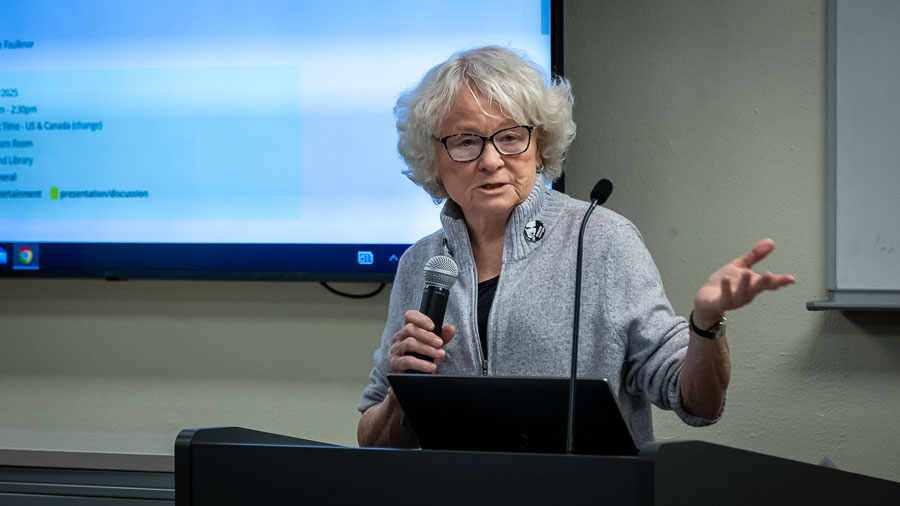OTHER VIEWS: Ruling yields paperwork but won’t help forests
Published 6:00 am Thursday, September 7, 2023

- other views logo
The Forest Service’s reasonable plan to manage more than 7 million acres of public forests east of the Cascades based on scientific research rather than a tape measure has hit a legal snag.
A federal judge on Aug. 31 overturned a decision the Trump administration made, five days before Trump left office in January 2021, to replace what was known as the 21-inch rule.
That rule, adopted in 1995 to protect older, larger trees in several national forests mostly prohibited the Forest Service from cutting trees more than 21 inches in diameter (measured about 4 1/2 feet above the ground). The agency could cut such trees in limited situations, such as for public safety during a timber sale or near a campground.
The Forest Service replaced the 21-inch rule with more flexible standards that retained the overall goal of keeping the larger, older trees. The new policy defined old trees as at least 150 years, and large trees as at least 30 inches in diameter for grand fir and white fir, but continuing the 21-inch standard for other species such as ponderosa pine and tamarack.
The policy did allow cutting of large and old trees when agency officials determined that doing so would help to protect remaining trees from fire. The overall goal was to increase the number of large, old trees.
Six environmental groups sued the Forest Service. Magistrate Judge Andrew Hallman, after hearing oral arguments in the lawsuit on May 1 in Pendleton, concluded in his ruling that the Forest Service violated three federal laws by failing to conduct a full environmental impact statement before replacing the 21-inch rule, by failing to have an objection process after making the decision, and by not consulting with other federal agencies about how the new policy could potentially affect endangered fish.
In other words, the judge’s decision was purely procedural. It was not a repudiation of the scientific basis for the new policy.
This is unfortunate. Our public forests, which are increasingly menaced by wildfire, a threat exacerbated by climate change, should be managed not in courtrooms and legal briefs, but on the ground and guided by experts.
And some of them have weighed in on the 21-inch rule.
A group of 15 forest ecologists wrote a letter, in response to the lawsuit, which noted, among other things, that the number of trees larger than 21 inches in diameter has increased by an estimated 17% since the 21-inch rule was adopted.
This suggests the rule has worked as intended.
But the situation, as is typical with forests, is more complex.
The ecologists who wrote the letter also pointed out that shade-tolerant trees, including grand firs and white firs, are in places suppressing species such as ponderosa pine and tamarack, which are much less susceptible to fire, insects and drought.
Because the firs can grow relatively rapidly, some have exceeded the 21-inch threshold. The restriction adopted in 1995 severely limits the Forest Service’s options, even in places where cutting firs could benefit the species that historically dominated the old growth forests in the Blue Mountains — ponderosa pine and tamarack, along with Douglas-fir in places.
The logging practices of yore, when loggers mainly cut only the best and biggest of those old growth trees, contributed to the current situation when shade-tolerant firs are more prevalent. The exclusion of wildfire, a policy popular among the public but in many places harmful to our forests, also has had an outsized effect on creating today’s ailing forests.
But managing those forests based on an arbitrary measurement is overly simplistic, ignoring the complexity of the issue and the sophistication of the science.
The judge’s ruling, which requires the Forest Service to write an environmental impact statement, will likely cost taxpayers millions of dollars and take months if not years to finish.
That effort will produce thousands of pages of analysis.
None of which will deal directly with the threats facing our public forests — threats which do not distinguish between trees based on the thickness of their trunks.










